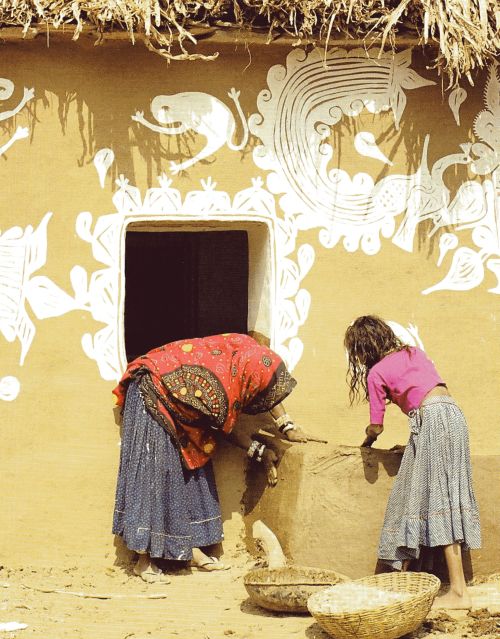All images © Yuko Shimizu
These are draft, intermediate and completed illustrations
(posted with permission)
These are draft, intermediate and completed illustrations
(posted with permission)
'Geisha' appeared in XFUNS magazine (Taiwan)
Book cover illustration for the Italian edition of 'Genesis'
by Bernard Beckett; Rizzoli/Mucca Design
by Bernard Beckett; Rizzoli/Mucca Design
Appeared in DC Comics (cover of the 1st in the 'Sandman' series);
Art Director/Editor: Karen Berger and Pornsak Pichetshote
Art Director/Editor: Karen Berger and Pornsak Pichetshote
'Tsunami' appeared in Playboy, Art Director: Rob Wilson
Appeared in Entertainment Weekly in relation to the
Clint Eastwood film, 'Letter From Iwo-Jima'; Art Director: Brian Ansty
Update: Yuko tells me that for this block and the illustration set
immediately above, the first two illustrations are in the wrong order:
the colour sketches were submitted for approval and then she did
the b&w drawing which was scanned and finished off on computer
Clint Eastwood film, 'Letter From Iwo-Jima'; Art Director: Brian Ansty
Update: Yuko tells me that for this block and the illustration set
immediately above, the first two illustrations are in the wrong order:
the colour sketches were submitted for approval and then she did
the b&w drawing which was scanned and finished off on computer
'Baku' (a mythical Japanese dream-eating beast)
is the book cover for 'Beasts 2', published by Fantagraphics
is the book cover for 'Beasts 2', published by Fantagraphics
Appeared in PLANSPONSOR magazine; Art Director: SooJin Buzelli
Appeared in PLANSPONSOR magazine; Art Director: SooJin Buzelli
Appeared in PLANSPONSOR magazine; Art Director: SooJin Buzelli
Appeared in New York Times Book Review with:
'The Song of Everlasting Sorrow: A Novel of Shanghai' by Wang Anyi
'The Song of Everlasting Sorrow: A Novel of Shanghai' by Wang Anyi
Appeared in New York Times Book Review with:
'Life and Death are Wearing me Out' by Mo Yan
'Life and Death are Wearing me Out' by Mo Yan
CD cover (series called: 'Now Hear This') for The Word Magazine;
Art Director: Jonathan Sellers
Art Director: Jonathan Sellers
Appeared in DC Comics (cover of 2nd in the 'Sandman' series);
Art Director/Editor: Karen Berger and Pornsak Pichetshote
Art Director/Editor: Karen Berger and Pornsak Pichetshote
Appeared in PLANSPONSOR magazine; Art Director: SooJin Buell
{The illustration titles printed above or in the alt tags are sometimes less 'official' and for identification purposes - click through for enlarged versions}
I've had these composite images floating around on my computer for nearly a year and thought it was about time to share them.
I don't remember how I first discovered the Japanese illustrator Yuko Shimizu but I was impressed by the energy, culture-melding and all-round creativity of her portfolio and sent the link to John who posted it on Drawn! Later, Yuko found the BibliOdyssey book, discovered this blog and sent me an email. We've been friends ever since.
Naturally, I exploited the situation by pestering Yuko for draft drawings which she scans and completes in Photoshop. Her work has appeared in just about every major (and minor) magazine and publication under the sun, whether in advertising, as a featured illustrator or as an accompaniment to an article. She also teaches at the School of Visual Arts in her home town of New York and regularly travels the globe holding workshops and exhibitions. I don't think she sleeps.
- Yuko Shimizu.
- Yuko's blog on Drawger.
- Yuko's articles for Lost at E Minor.
- Interview at Illustration Friday (there are more around).
- Facebook page.


